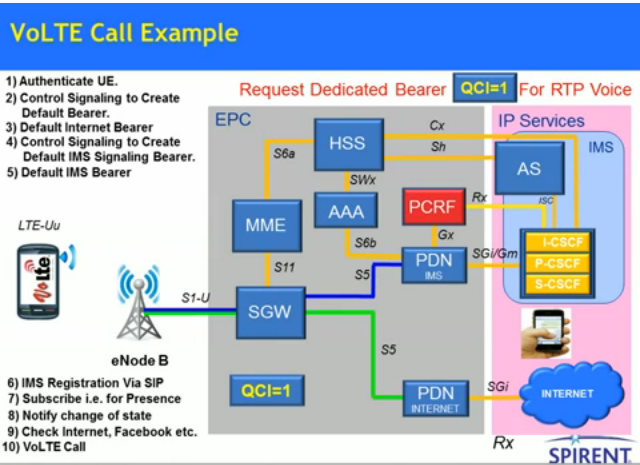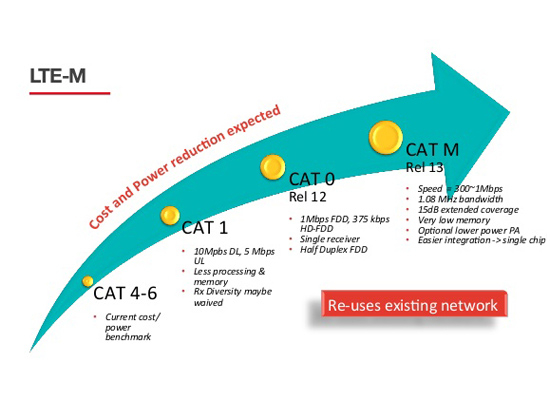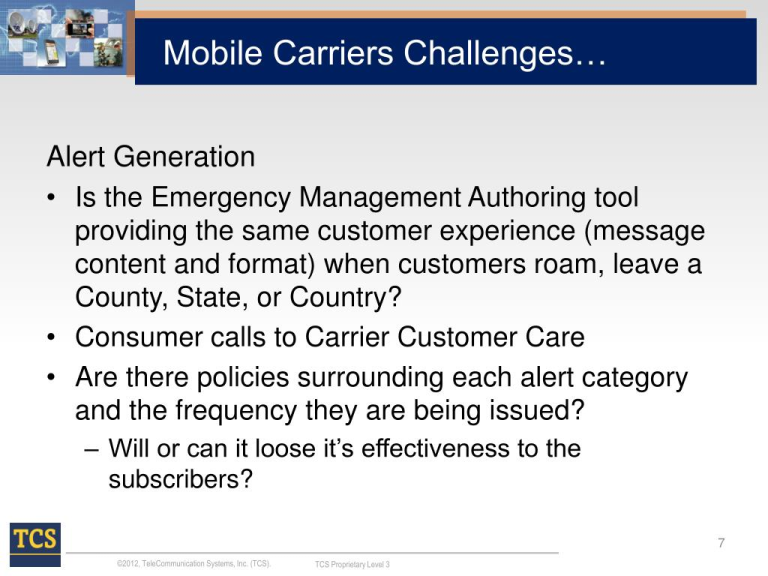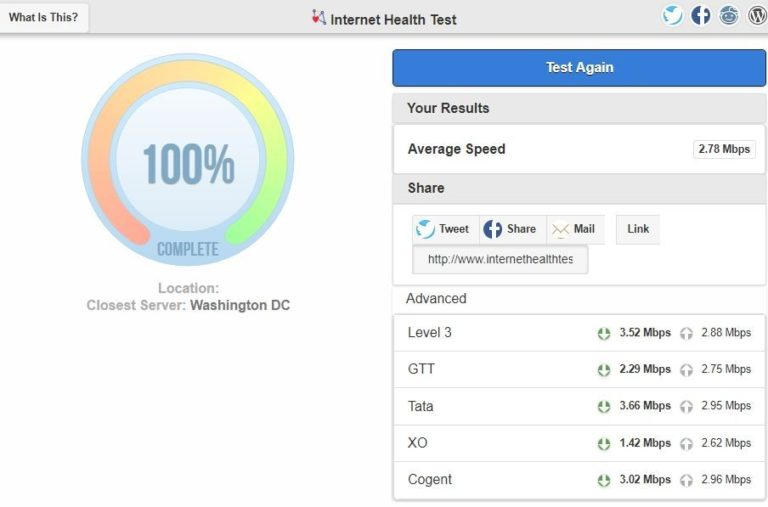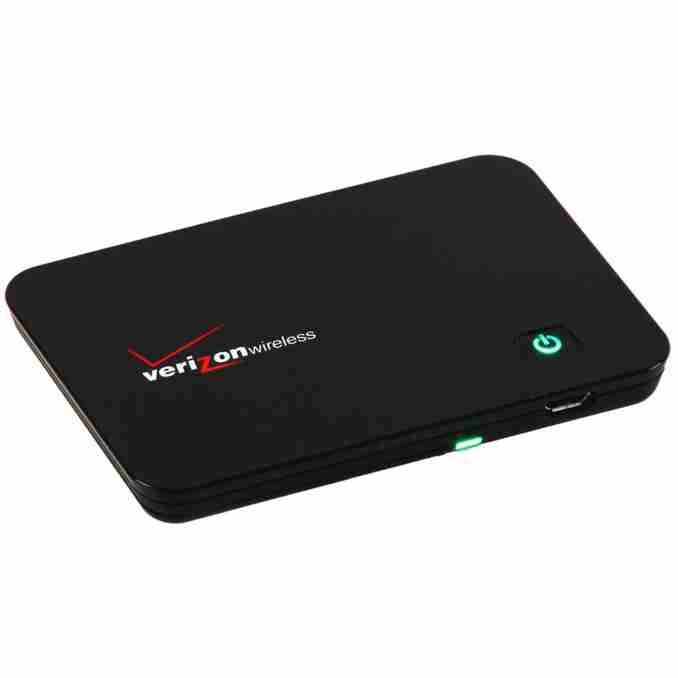
Verizon Wireless 3G EV-DO has been a foundational part of mobile connectivity, but as the landscape shifts, so does its future. With the imminent phase-out of Verizon’s 3G CDMA network, users may encounter increasingly sluggish data speeds as the carrier reallocates channels to enhance its 4G LTE launch. This transition signifies a major step in the ongoing 3G to 4G migration, with a growing emphasis on advanced wireless technologies. As the company prioritizes connectivity, users must remain informed about Verizon wireless updates that could affect their service. The evolution from 3G to newer technologies ensures that customers have access to faster, more reliable internet, despite the impending closure of the older network.
The transformation of Verizon Wireless’s data services marks a significant milestone in mobile technology. The phase-out of older CDMA networks, particularly Verizon Wireless 3G EV-DO, indicates a major shift towards more efficient and rapid 4G LTE systems. This development is not just a simple upgrade, but a necessary evolution in response to the increasing demand for faster and more reliable mobile networks. Users should be aware of the implications of this transition, as the migration from 3G to 4G represents both challenges and opportunities for connectivity. Staying updated with Verizon’s wireless advancements will be crucial for those impacted by these changes.
The End of Verizon Wireless 3G EV-DO: What You Need to Know
Verizon Wireless 3G EV-DO is reaching the end of its lifecycle, and users should brace themselves for significant changes. With the company announcing the phase-out of its CDMA network, the days of reliable 3G data and services are numbered. Even though devices running on this technology may still function temporarily, users can expect diminishing returns in terms of speed and performance. Verizon’s strategic shift towards 4G LTE means that customers must prepare for a future where their beloved 3G services gradually become obsolete.
The transition from Verizon’s 3G network to 4G LTE is increasingly noticeable as the carrier reallocates its spectrum to enhance its fast-expanding LTE services. As a part of this 3G phase-out, users who rely on older devices may also find themselves facing connectivity issues as the rollout of LTE accelerates. This shift towards newer technologies not only affects user experience but also marks a significant evolution in how cellular networks manage bandwidth and speeds, ultimately resulting in a more streamlined operation centered on 4G capabilities.
Understanding the Verizon 3G Phase-Out and Implications for Users
As the Verizon 3G phase-out begins, many customers are left wondering what it means for their devices and services. Approximately 41 percent of devices still on the Verizon network rely heavily on 2G and 3G technology, which might soon become inadequate for everyday use. Users will need to evaluate their current plans and devices to ensure they can access modern data speeds and services. With Verizon’s clear commitment to enhancing their 4G LTE network, customers must consider upgrading their devices before the network transition is fully realized.
The implications of this transition go beyond individual device usage; there are broader impacts on overall connectivity and technology usage patterns. As Verizon consolidates its resources into the 4G LTE network, things like video streaming, mobile gaming, and other bandwidth-hungry applications will benefit significantly from improved data speeds and reduced latency. This change will not only enhance user experiences but will also promote the adoption of newer tech solutions, from smart home devices to advanced mobile applications. It’s an important moment for consumers to participate in this upgrade cycle.
Verizon 4G LTE Launch: What it Means for Older Devices
The launch of Verizon 4G LTE marks a transformative milestone in mobile network technology. Users with older devices may find themselves at a significant disadvantage as their 3G compatible phones struggle to keep up with the newer, faster 4G standard. Furthermore, with the substantial amount of data traffic shifting over to 4G networks, consumers may notice that legacy 3G services become increasingly inadequate for their daily needs. This launch inevitably pressures users to make the switch or risk being left behind.
As Verizon continues to roll out its 4G LTE network, they are enhancing coverage and increasing bandwidth, paving the way for a new era of connectivity. Users who upgrade can expect not only faster data speeds but also a more stable connection, which is crucial for activities such as HD video streaming and large file downloads. The company’s shift towards 4G LTE will ultimately dictate the pace at which mobile applications can develop and flourish, creating a challenge for those who remain reliant on older 3G technology.
3G to 4G Migration: Challenges and Solutions for Consumers
Migrating from 3G to 4G presents a myriad of challenges for consumers, particularly for those with older devices. Many users may face compatibility issues that could lead to subpar performance or complete service loss. This migration is emblematic of the broader technological advances in the telecommunications industry, but it requires consumers to remain informed and proactive. To mitigate challenges, users should assess their device capabilities and consider upgrading their phones or modems to ensure compatibility with the 4G LTE network.
Additionally, Verizon has devised various resources to help customers through this transition. From customer support channels to detailed online guidance, the carrier is emphasizing the importance of technical support during the migration. Awareness of available options, including trade-in programs and upgrade deals, can significantly ease the shift for many users. Consumers who engage with Verizon’s resources can turn potential frustrations of the migration into opportunities for enhanced mobile experiences.
Verizon Wireless Updates: Staying Informed During Major Changes
As Verizon implements significant updates to its wireless network, staying informed is essential for customers. Getting timely updates on policies, network performance, and available services ensures that users can make educated decisions about their mobile services. Subscribing to Verizon’s notifications, checking their website, or following tech news outlets can provide vital information regarding the evolving landscape of mobile communications and how it affects them.
Moreover, these updates often include critical information about device compatibility and recommendations for newer hardware. Verizon’s commitment to enhancing customer experiences through updates can also mean better offers and promotions for users willing to make the switch to 4G LTE. Awareness is key, as it empowers users to take action before the impending decline of 3G services leaves them scrambling for solutions.
Impacts of Verizon CDMA Network Shutdown on Users
The shutdown of Verizon’s CDMA network represents a pivotal moment for many users, particularly those who have relied on this technology for years. As the carrier moves towards modernizing its network with LTE capabilities, CDMA shutdown signifies the end of an era where many users enjoyed reliable voice and data services. However, this transition can lead to an initial disruption in service for individuals who have yet to upgrade their devices or plans.
Understanding the reasons behind the CDMA network shutdown is crucial for users to navigate this transition smoothly. Advances in technology seek to improve data speeds, coverage, and overall user experience, but they necessitate a shift in the devices supported by the network. Consequently, customers are encouraged not only to upgrade to 4G LTE devices but also to enhance their mobile engagement by exploring new features and capabilities afforded by modern technology.
The Future of Mobile Networks: Transition Beyond 3G
The future of mobile networks is poised to be fundamentally different as the world transitions away from 3G services. Innovations in mobile technology, epitomized by the rollout of 4G LTE, enable enhanced connectivity and better service experiences for users. The gradual phase-out of older technologies like 3G EV-DO is part of a broader trend toward optimizing bandwidth and improving data speeds for users across all platforms.
As carriers like Verizon actively embrace these advancements, they open the door to discussing emerging technologies such as 5G networks. This evolution is not just a logical progression; it’s vital for meeting the growing demands for bandwidth in various applications from streaming media to smart device proliferation. For consumers, adaptation to these changes means upgrading devices, revising plans, and readying themselves for a new technological landscape.
The Role of User Feedback in Verizon Wireless Updates
User feedback plays a critical role in shaping the future of Verizon Wireless updates. As consumers transition away from 3G and adapt to new 4G LTE technologies, their experiences and suggestions can help guide the carrier in refining services and addressing concerns. Engaging customers in meaningful dialogue helps ensure that the services meet the demands and expectations of a diverse user base.
Verizon actively encourages feedback through surveys, user forums, and customer support channels to glean insights into their user experiences. By listening to customer needs, Verizon aims to create a more user-centric environment as it phases out older technologies and embraces next-generation networks. For consumers, providing feedback is not just about highlighting issues; it’s an opportunity to contribute actively to the evolution of their communication ecosystem.
Preparing for the 3G Sunset: A Guide for Verizon Customers
Preparing for the 3G sunset is essential for Verizon customers who want to ensure uninterrupted service as the carrier transitions to a fully 4G LTE environment. Step one is assessing your current device to verify its compatibility with the upcoming network changes. Customers can utilize Verizon’s online tools or engage customer support to determine if they need a new device to enjoy the full benefits of 4G LTE.
Additionally, consumers should explore available upgrade offers or plan changes that Verizon may provide during this transition. Taking proactive measures is crucial in avoiding service interruptions as the 3G network phases out. By actively managing their devices and plans, users can embrace the future of mobile connectivity without the hiccups of technological obsolescence.
Frequently Asked Questions
What is happening with Verizon Wireless 3G EV-DO services?
Verizon Wireless is phasing out its 3G EV-DO services as part of a migration towards 4G LTE. This transition involves refarming the existing 3G CDMA network channels to enhance the 4G LTE services, which means users may experience declining network performance over time.
How does the Verizon 3G phase-out affect my current devices?
The Verizon 3G phase-out means that devices relying solely on 3G EV-DO will gradually lose access to data services. As Verizon enhances its 4G LTE network, users are encouraged to upgrade to 4G-compatible devices to maintain optimal service.
What should I do about the Verizon CDMA network shutdown?
If you are using devices on the Verizon CDMA network, it is advisable to upgrade to a 4G LTE device. This transition will ensure that you continue to receive reliable and fast service from Verizon, especially as 3G services are being phased out.
When will Verizon complete the 3G to 4G migration?
Verizon has begun the 3G to 4G migration process, and while there isn’t a specific end date, users can expect to see a gradual decline in 3G services as the year progresses. It’s the best practice to switch to 4G LTE devices as soon as possible.
What are the advantages of switching from Verizon Wireless 3G EV-DO to 4G LTE?
Switching from Verizon Wireless 3G EV-DO to 4G LTE offers users significantly faster data speeds, improved connectivity, and better overall performance for streaming, browsing, and using applications. Upgrading ensures that you remain connected with the latest technology.
Are there any options for customers still on Verizon 3G services?
Customers still using Verizon 3G services should consider upgrading their devices. Verizon may offer trade-in deals or discounts on new 4G LTE models to assist customers in making the transition smooth and cost-effective.
Will my Verizon Wireless plan change with the 3G phase-out?
While your current Verizon plan may remain active during the phase-out, it is likely that plans will be updated in alignment with 4G LTE services. Check with Verizon’s customer support for specific details on your plan.
What are the implications of Verizon’s 4G LTE launch for 3G users?
With the launch of Verizon’s 4G LTE network, 3G users will face progressively reduced service quality. As the carrier reallocates network resources from 3G EV-DO to 4G LTE, it’s essential for users to transition to newer devices that support LTE to avoid service interruptions.
Can users still rely on Verizon 3G for emergency services?
While some 3G services may continue to work temporarily, the reliability of Verizon 3G EV-DO for emergency services cannot be guaranteed due to the ongoing phase-out. It’s highly recommended to upgrade to 4G LTE for better reliability.
Is there a timeline for the complete discontinuation of Verizon 3G services?
Verizon has not publicly provided a specific timeline for the complete discontinuation of 3G services. However, they are actively phasing out 3G EV-DO to prioritize 4G LTE services, so users should prepare for changes sooner rather than later.
| Key Point | Detail |
|---|---|
| Verizon Wireless 3G EV-DO Phase-Out | Verizon is gradually phasing out its CDMA EV-DO service to refarm its channels for 4G LTE. |
| Slow Data Speeds | Users can expect progressively slower data access as Verizon transitions to 4G LTE. |
| Testing of LTE on PCS Band | Verizon is testing LTE on the PCS band, which was previously used for 3G EV-DO, indicating a shift in service. |
| Device Compatibility Issues | 41% of devices on Verizon still rely on 2G and 3G, highlighting a challenge for users during the transition. |
| Market Position | Verizon’s strength lies in its ownership of different frequency bands which may secure its market dominance even as it phases out 3G. |
Summary
Verizon Wireless 3G EV-DO is on the verge of significant changes as the company toes the line toward a complete transition to 4G LTE technology. With the gradual phase-out of the 3G service, users can expect slower data speeds and potential compatibility issues as many devices still operate on older technology. As Verizon tests new LTE frequencies, the focus is on enhancing its network capabilities in a bid to maintain market dominance. This pivotal move not only reflects a technological shift but also underscores the necessity for consumers to adapt to evolving mobile data services.
